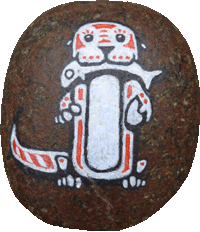23rd May 2011
It’s a beautiful day in Auckland. We’ve got a three-day stopover here before heading on to South America. The sun is shining in a clear blue sky and the burnished red leaves cling to the trees in a cooling breeze or pattern the pavement beneath our feet.
Hang on a minute.
Trees in New Zealand don’t go gold and red in the winter, they’re all podocarps and tree ferns and other mysterious prehistoric remnants. These trees are frauds! They’ve all come over from Europe, just like us!
Auckland isn’t alone in this. I remember loving the autumn colours in Tasmania, with tall stately poplars showing golden against the dark green pines. The amiable little towns of the Blue Mountains near Sydney looked like they belong in New England with their white clapboard houses and rusty maple trees. It’s really no wonder that Europeans brought their own deciduous trees to decorate these newly colonised lands, they are beautiful in the autumn.
Which isn’t to say that European trees are intrinsically more attractive than native trees; the forests of New Zealand and Australia have been full of glorious canopies, fascinating bark and delightful flora. I can totally recommend a visit to the ancient mossy forests of New Zealand’s Fiordland, the iconic scattered gum trees of Australia’s red centre, or the towering old growth forests with their pungent odour in south-west Australia.
I think perhaps the particular attraction of deciduous trees in a human setting is their varying appearance through the seasons, helping us track the passage of time and lending atmosphere and identity to the turning year; the beauty of change.
Related Images:













































